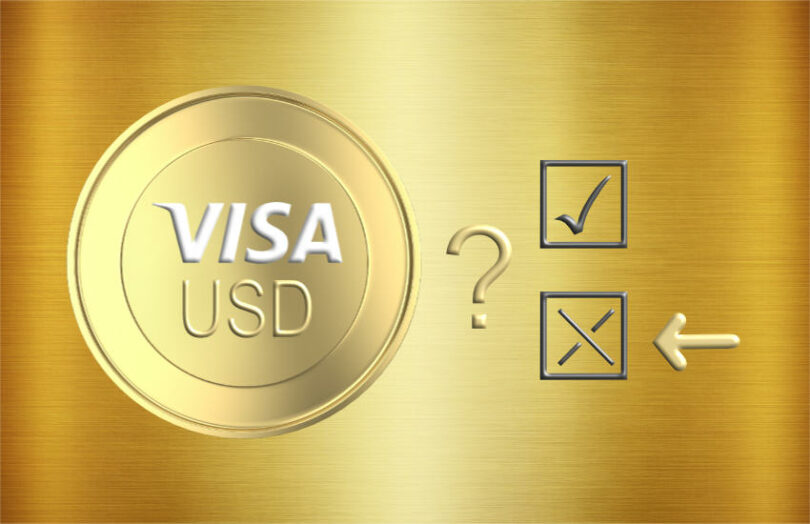During a recent podcast, Frank Rotman, Chief Investment Officer of QED Investment, commented, “If you don’t have a stablecoin solution in the world of money movement, I think you’re going to miss the boat.” Cuy Sheffield, Visa’s head of crypto, responded ‘love this prediction’ on X.
With PayPal launching a stablecoin and the Governor of the Bank of Korea fearing a Visa or Mastercard stablecoin launch, should we read anything into this? Our view is yes, but not in the way you think.
We’re less confident about Visa launching a Visa USD Coin. Visa’s core offering is providing cards and a backbone payment system. The equivalent in the stablecoin world would be for Visa to provide a stablecoin management platform that other firms can use for issuance on multiple blockchains. It could be something similar to Japan’s Progmat Coin platform. Plus, Visa will definitely offer a wallet. It needs a digital currency alternative to cards.
That also syncs with Visa’s recent web3 loyalty program launch. It provides the loyalty platform for brands and, most importantly, the wallet.
Visa is also looking at doing something similar for tokenized deposits and recently ran a pilot with HSBC. It’s also part of Brazil’s DREX digital real trials and the Regulated Liability Network.
Why do we doubt that Visa will launch its own stablecoin? Visa isn’t a direct-to-consumer solution. Retail outlets don’t do deals with Visa. They accept Visa via a relationship with their bank or an online provider like Stripe. Likewise, Visa doesn’t issue cards directly to consumers. It does so via banks. Recently, it has partnered with cryptocurrency exchanges for card issuance.
Plus, it already supports stablecoins to some extent. For example, web3 retailers can receive payouts using stablecoins rather than fiat currency.
Another reason Visa is less likely to launch a stablecoin is that it witnessed the reaction to Facebook’s Libra (Diem) and dropped out of the consortium.
Rotman’s comments on stablecoins and banks
Meanwhile, Frank Rotman, who oversees the investment of venture firm QED’s $3.6 billion assets, was asked to make predictions for five to ten years out rather than 2024.
“Banks are running on their own ledgers and need an interbank settlement process to move money from one ledger to another,” said Rotman, talking on the Fintech Takes podcast.
“The concept that there will be a set of rails that have good money on it all times without the need for currency conversion or an intrabank settlement process in the middle, I think that’s going to be the norm.”
He added, “I think these (stablecoins) are going to become more common and in fact the norm for any cross border trade.”
He spoke of the attraction for consumers in countries where local currencies have been substantially devalued. “I think there are going to be multiple reasons and use cases for stablecoins, and when you add them up together, it becomes a very valuable form of currency that people can trade and trade for very rational reasons.”
Ledger Insights will soon publish a report on bank-issued stablecoins and tokenized deposits. Sign up for notification of its release.






